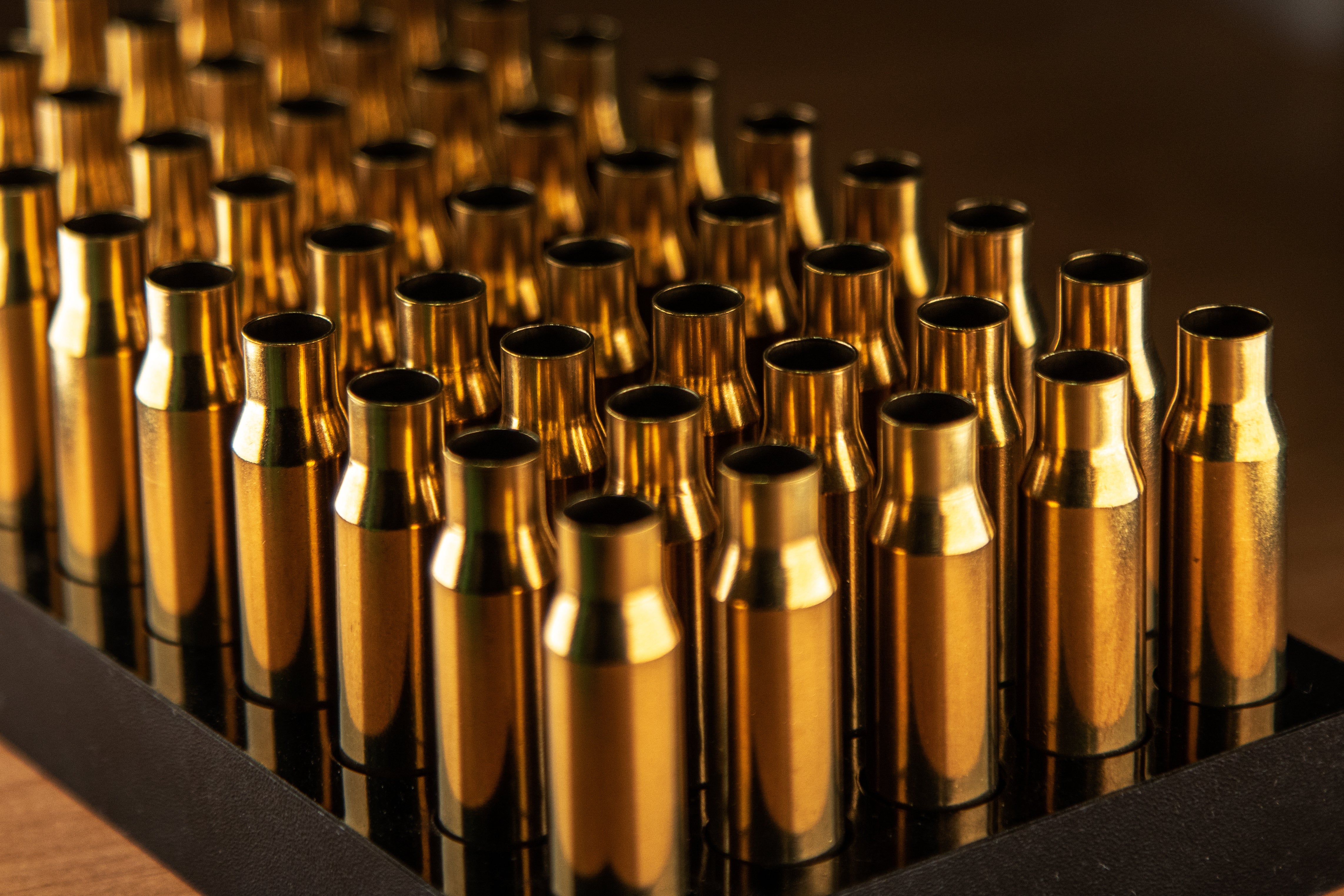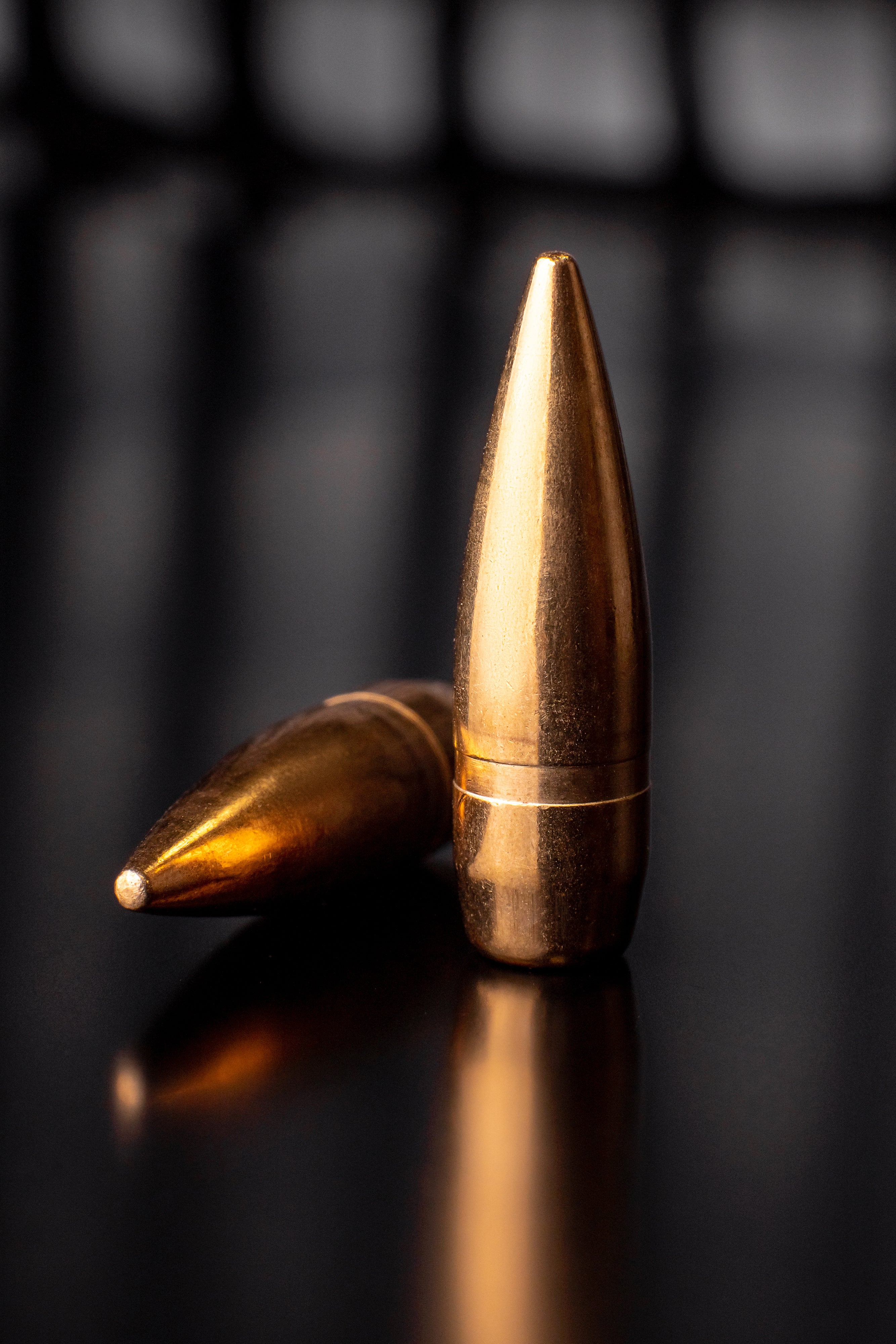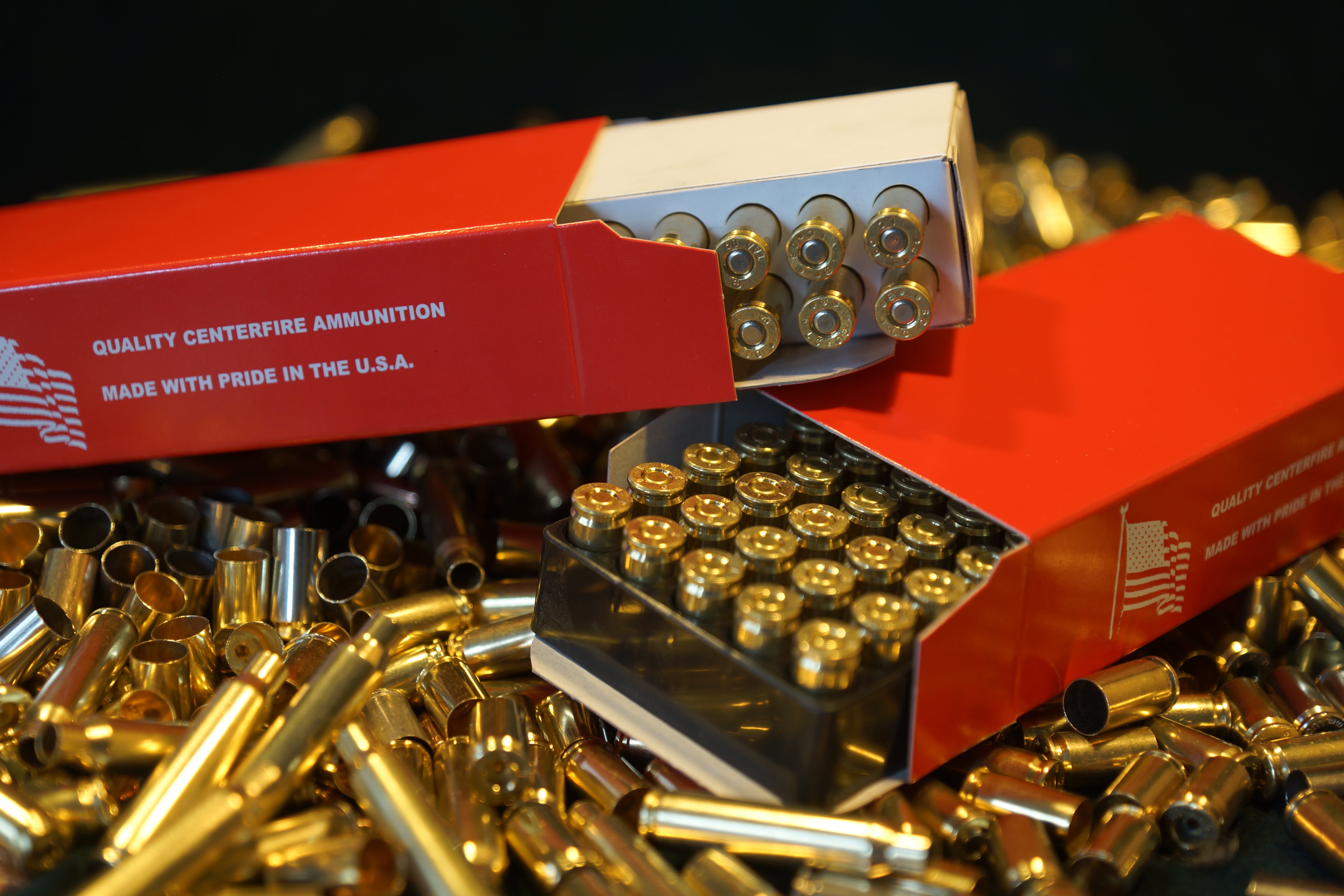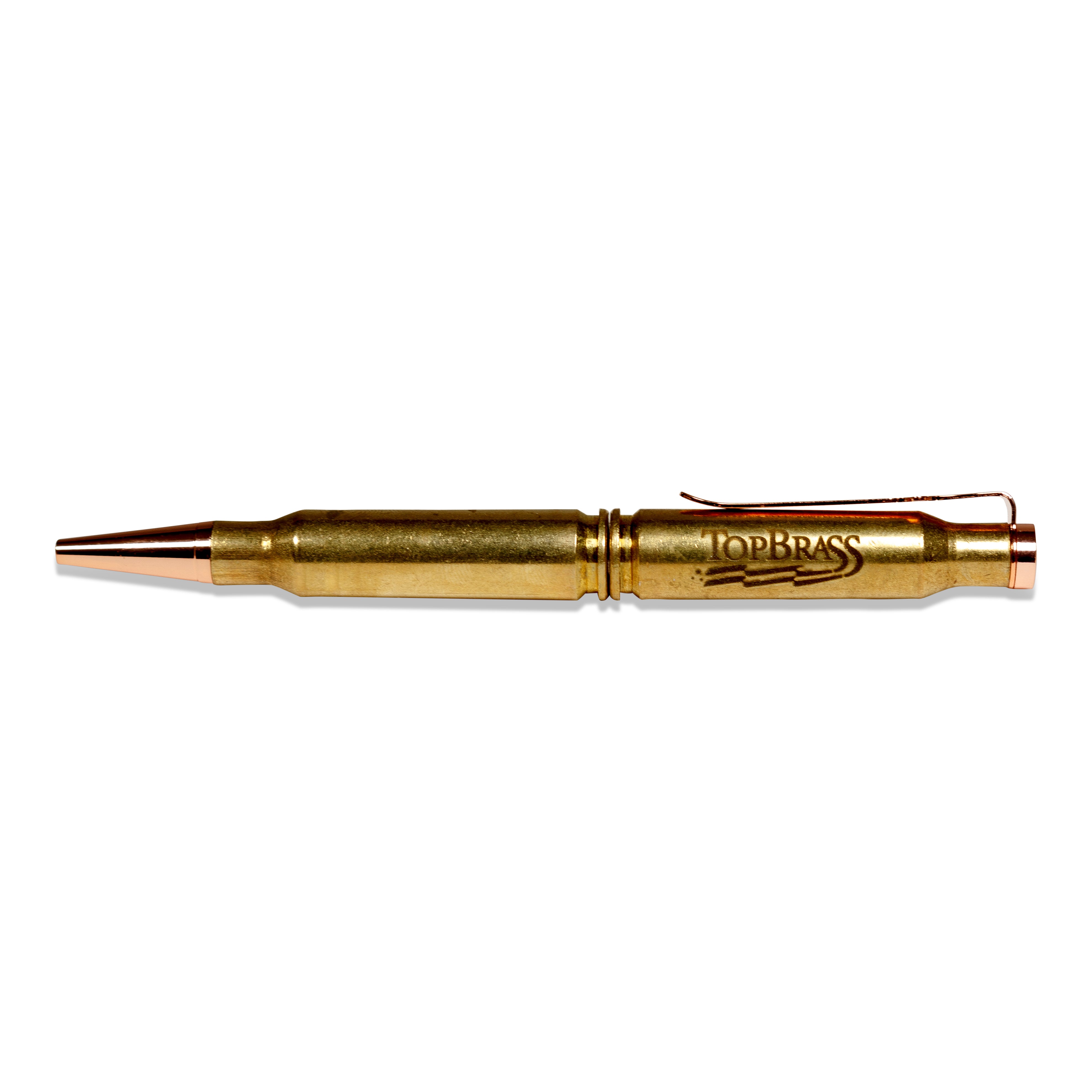Menu

Primers - A Quick Study
All small arms ammunition is comprised of four central components:
- Cartridge
- Projectile
- Powder
- Primer
In a general sense, the cartridge accommodates the caliber / barrel chamber, the projectile accommodates the target / usage, the powder accommodates the trajected energy output / range, and the primer? Well, its less glamorous function is to simply ignite the powder. Notwithstanding this quick and depreciating explanation, note that the primer performs the single most important function of all – it initiates the entire process that defines the purpose of a firearm…to go BANG and shoot a projectile down range.
Primers are small caps that fit into a recessed pocket at the base of an ammunition cartridge. The caps are typically made from copper alloy sheets that are machine punched into small cups. These cups are filled with a priming compound that, when violently compressed, will detonate a small, but very intense spark or flame. This flame, with extremely hot gas, travels in a micro-second through a ‘flash hole’ in the cartridge and into the powder chamber, igniting the powder.
HOW IS THE PRIMING COMPOUND COMPRESSED?
When a shooter pulls a trigger, the firing pin snaps forward, striking the primer. This hammer motion impacts the priming compound in the primer and violently compresses it against a tiny anvil (a hard impact surface). Depending on the type of primer, this anvil is either built into the primer itself (Boxer primer), or built into the cartridge itself (Berdan primer). Either way, this instant, aggressive compression activates a small, but intense detonation.
WHAT’S IN THE PRIMING COMPOUND?
Certain chemical compounds will react when rapidly squeezed together. A sudden and immediate jolt of compression causes an instant release of friction (both physical and chemical). This energy release expands instantly into an explosive reaction. In the case of primers, this explosive reaction is very small and confined. Its only exit (of expanded energy) is toward the waiting powder. Simply put, the priming compound is a pressure-sensitive chemical mixture that, when crushed, detonates with an aggressive spark.
Although priming compounds vary across manufacturers, each with their own ‘recipe,’ all are basically made up of a few key ingredients for a central purpose:
- COMBUSTION: explosive initiator (i.e., lead styphnate / DDNP)
- FLAME: oxidizers (i.e., potassium nitrate / barium nitrate)
- BURN: fuel (i.e., metal powders / sulfides)
Additional ingredients include varying binding agents and sensitizing compounds (i.e., antimony sulfide).
WHAT HAPPENS WHEN PRIMING COMPOUND DETONATES?
As the compressed compounds detonate, the resulting spark (flame) and expanding hot gas pass through the cartridge flash hole(s). The flash hole is the channel that leads to the cartridge powder-charge. Depending on the amount of powder and type of powder, different primers offer different recipes (and quantities) of priming compounds. These varying compounds / quantities are (basically) to control the length of time the primer ‘burn’ lasts. More powder, or slow-burning powder (higher pressure load), may require a hotter and longer lasting primer burn. Magnum primers are offered in some calibers to assist in this effort. Cold weather also affects a powder’s burn rate and may be helped with magnum primers.
WHAT ARE THE TYPES OF PRIMERS?
For small arms, there are two general types of center-fire primers: Boxer and Berdan. It’s worth noting that both types of primers are very common and both work exceptionally well with very few errors and misfires. Misfires, for the most part, are caused by low-impact firing pins or non-concentric (off-center) primer placement. That said, it is important to understand the two different types.
- BOXER PRIMERS
This type of primer is the most common in North America. As most NATO ammunition is manufactured under this standard, it is rapidly expanding in use across the globe.
Boxer primers, which must accommodate a compatible Boxer style cartridge, are designed per a single and concentric flash hole. This offers an exceptional advantage for reloading as the primer can be easily popped out of the cartridge and replaced. An additional advantage for Boxer primers is that the compression anvil is designed within the primer itself, thus, becoming a self-contained firing cap.
- BERDAN PRIMERS
This type of primer is more common in Central and Eastern Europe. Similar to the Boxer primers, the Berdan primers must accommodate a compatible Berdan style cartridge with a double flash hole design. Unlike the Boxer, the Berdan utilizes an anvil design that is external to the primer. The anvil is within the cartridge. Because the Berdan primer utilizes a duel flash hole design, they are not necessarily an ideal system for reloading because a special tool is needed to pop the used primer out of the cartridge.

WHAT ARE THE SIZES OF PRIMERS?
For Boxer primers, there are varying sizes that accommodate the varying ammunition calibers. A quick list with a few examples is provided below:
- SP - Small Pistol: 25ACP / 9mm Luger / 32ACP / 38SPL / 38SUP / others
- SPM - Small Pistol Mag: 327FED / 357MAG / 44MAG / others
- LP - Large Pistol: 10mm Auto / 41REM MAG / 44SPL / 45 Long Colt / others
- LPM - Large Pistol Mag: 357MAG / 44MAG / 454 Casull / others
- SR - Small Rifle: 22 Hornet / 220 Russian / 223REM / others
- SRM - Small Rifle Mag: 218 Bee / 22 Hornet / 30 Carbine / others
- LR - Large Rifle: 250 Savage / 270WIN / 30-06SPR / 308WIN / others
- LRM - Large Rifle Mag: 300H&H / 300 Weatherby / 338 Lapua / 416REM MAG / others
Note that some caliber cartridges are made available in two separate primer configurations.
WHAT ARE THE DANGERS ASSOCIATED WITH PRIMERS?
Although the ignition and detonation of a primer is small, it’s worth mentioning that they are an explosive device. Therefore, they should be handled with care and due respect. For safety and use, they should be stored in a dry, cool place that is not exposed to extreme heat, nor flame. Per their very nature, they should be away from anything that may fall on them, or otherwise crush them. Always use the correct primer for its designated use. Pistol and rifle primers are never interchangeable.
- Choosing a selection results in a full page refresh.




